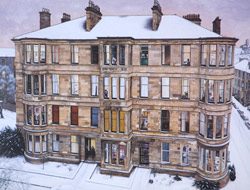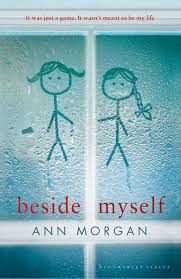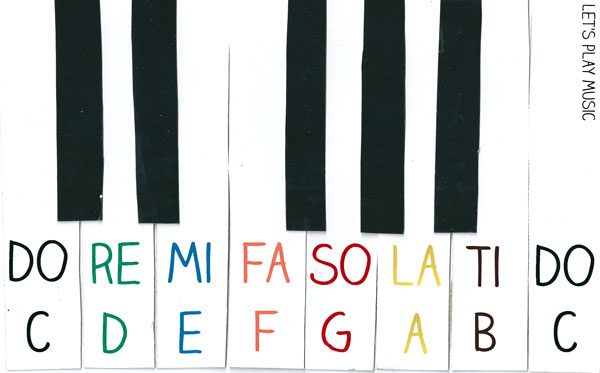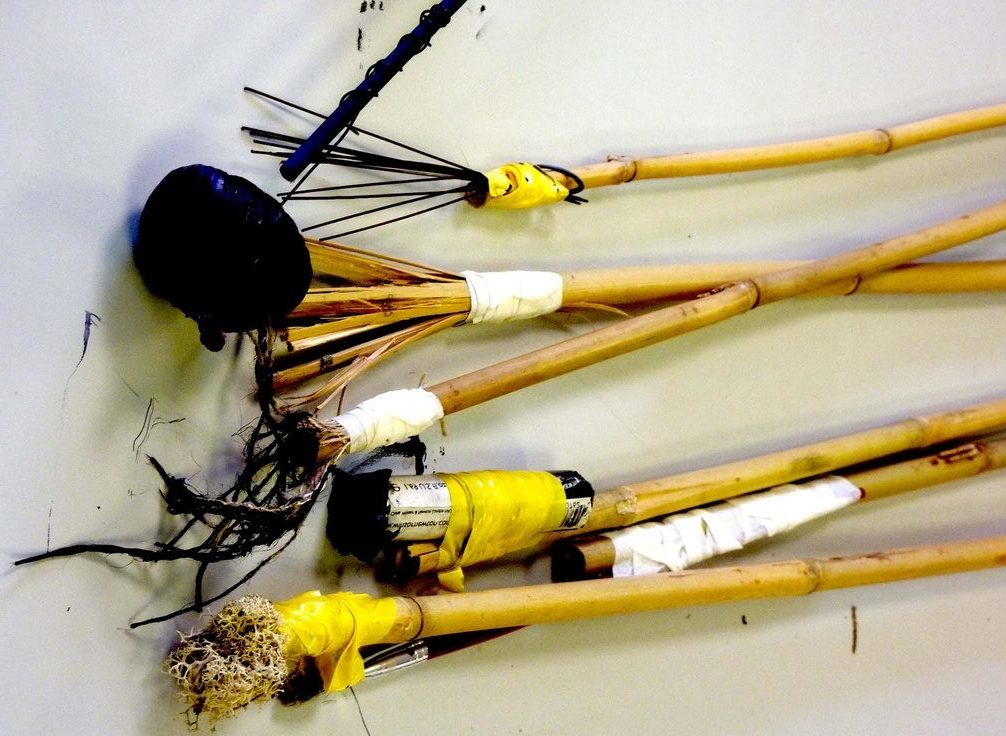
In this weeks music lesson we focused on pulse and rhythm. For someone who knows very little about music and reading sheet music, these were two words that initially went straight over my head. However they were not that difficult concepts to grasp and by the end of the session I found that I could fully understand these and also implement them in a class piece.
These are the fears of many teachers, that they cannot play an instrument or they can’t read the notation, but this does not matter. According to Janet Mills (2009), teaching children who are so young how to read this notation can ‘damage their musical development’ (Mills, 2009, p.92) and actually have a negative affect on them if they choose to continue music throughout primary and into secondary. They often forget how to play without it and this can get in the way on any creative music they have to produce. This is interesting because in our input, our lecturer asked who played an instrument and if they felt comfortable with playing without sheet music, and almost all of them said no.
Pulse – the steady heartbeat that carries on through music and does not change throughout
 Rhythm – Short and long sounds that can be changed within a piece of music
Rhythm – Short and long sounds that can be changed within a piece of music
We began by looking at the note time values. Each note is held for a number of beats and there are many simple ways to teach this to children. For example, in this input we started by looking at quavers and crotchets which we simplified to circle and square. Cir-cle square. Circle relates to quaver as it has two syllables and so two beats per note and square to crotchet. Giving the children, in lines of four to represent bars, circles and squares on the board and encouraging them to tap along with drum sticks or beaters, all following the same pulse is a great and easy way to start their learning. This is what we done and I grasped it fairly quickly.

We then substituted the circles and squares for the notes and done the same thing. Once grasping this we began to make it harder and I was surprised to find that I coped with it and was able to keep up with few faults. Although this kind of progression would be over weeks or months with children, it was interesting to see how easy it actually was to teach very simple music having no musical background.
We then moved onto the instruments themselves. Using xylophones, and only using certain notes (CDEGA), we were asked to create a 32 beat piece. This kind of activity was set out as these notes tend to always sound good together no matter what order or pattern they are played in. This is a very handy thing to know for teaching primary music, as you are still allowing their creativity as they can choose the order of the notes, but you as the teacher are directing them to have a good outcome.

Then as a class we all played our 32 beats with the piano. This is a really good lesson idea for children once they have learned the concept of note value, as it is easy and allows them to be the creative ones. It also keeps music fun as they are creating it themselves.
For this session we done, I think it would be appropriate to do with any level in primary school and so would be appropriate in any of these outcomes
I have the freedom to use my voice, musical instruments and music technology to discover and enjoy playing with sound and rhythm. EXA 0-17a
I can use my voice, musical instruments and music technology to discover and enjoy playing with sound, rhythm, pitch and dynamics. EXA 1-17a
I can use my voice, musical instruments and music technology to experiment with sounds, pitch, melody, rhythm, timbre and dynamics. EXA 2-17a
I think that these music sessions we have are extremely valuable for me as someone who has not done music since second year of high school because not only is it refreshing my memory of what I learned, it is being taught to us in such a different way. A way in which when we teach back to the children, I hope that they have a better experience of music than I did.
Dance
This was our last dance session in the Integrated Arts module and it brought everything to an effective conclusion. We filmed our finished dance as a whole section and watched it back.

This was highly constructive for us, and would be for the children, as we were able to see what we looked like when we were dancing. Having that opportunity to watch back what you are doing is a great way to improve and make the dance moves look better. Giving them the opportunity to self assess and peer assess is a positive way for them to improve. The easiest way to achieve this was through three stars and a wish and by looking at a list of elements required while watching the dance.
Cone (2009) discusses the importance of letting the children lead the learning and allowing their thoughts and dance moves to be incorporated. This is the best way for children to learn as they will be proud of what they have achieved. During our dance sessions this is how we learned and because of that I feel like I have taken a lot away from it and will be a lot more confident in schools when it comes to teaching dance.


It gives them the opportunity to evaluate their, and their peers, dancing and get constructive criticism back from peers.
References
Cone, T. P. (2009) Following Their Lead Supporting Children’s Ideas for Creating Dances. Journal of Dance Education. Vol.9 (3), pp.81–89.
Mills, J. (2009) Music in the Primary School. 3rd edn. Oxford: Oxford University Press.

 We were given a visual picture in this session and were asked to consider it in many different ways.
We were given a visual picture in this session and were asked to consider it in many different ways.
















 Rhythm – Short and long sounds that can be changed within a piece of music
Rhythm – Short and long sounds that can be changed within a piece of music















 References
References













